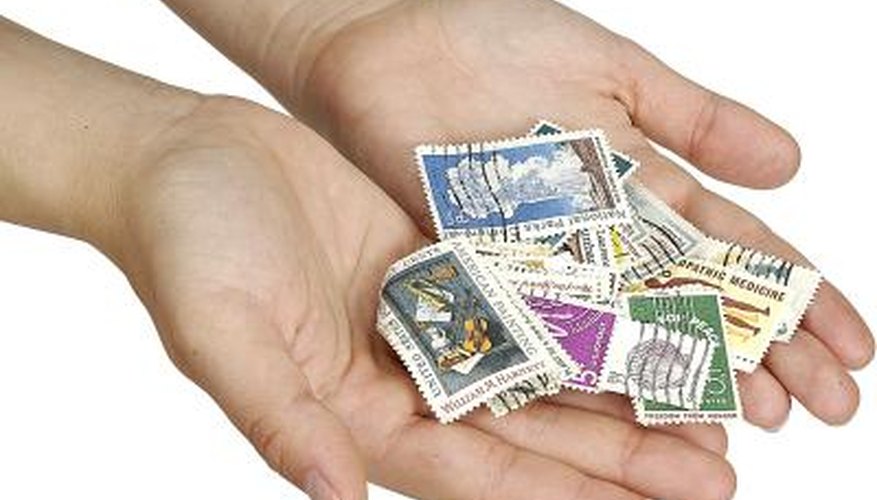The Great Depression lasted all through the 1930s, encouraging young girls -- and everyone else -- to find hobbies that were low-cost and provided hours of entertainment. Young girls often spent the majority of their time at school and helping their mother care for the home and younger siblings, and they enjoyed their hobbies and free time. Most hobbies were activities that could be enjoyed in the comfort of their own homes.
Dolls
Playing with and collecting dolls was a popular hobby in the 1930s. Girls often sewn their own doll clothes, with the help of their mothers, to create a wardrobe for their dolls. Paper dolls were also popular in the '30s. Paper dolls were made of heavy-duty paper, with paper outfits that had tabs to fold over parts of the doll to hold the clothing in place. Many women's and girls' magazines used paper dolls as a way of advertising. Since these dolls were inexpensive, girls often collected entire paper wardrobes for them.
- Playing with and collecting dolls was a popular hobby in the 1930s.
- Girls often sewn their own doll clothes, with the help of their mothers, to create a wardrobe for their dolls.
Stamp Collecting
Stamp collecting was popular among girls and boys, in the 1930s. Franklin Delano Roosevelt, who was president from 1933 to 1945, made collecting stamps one of the most popular hobbies of the time. Roosevelt designed many stamps and oversaw their release. Since Roosevelt boasted his own extensive stamp collection, many young girls were enticed to start collections of their own. People often collected stamps in the hopes they would be worth money someday, but the stamps produced in the 1930s were so common and numerous that they can still be found today at affordable prices.
- Stamp collecting was popular among girls and boys, in the 1930s.
- Franklin Delano Roosevelt, who was president from 1933 to 1945, made collecting stamps one of the most popular hobbies of the time.
Dancing
Big band music became popular in the 1930s and many young girls were drawn to it. Swing dancing became popular and girls enjoyed dancing to it at parties, or at home while listening to their radios. The Lindy Hop, Balboa, and Jitterbug were all popular styles of dance. Lindy Hop was a style of dance based on the Charleston which was popular in the 1920s. Balboa began in Southern California and spread throughout the states as a style of swing dancing which was danced in a close embrace. The Jitterbug was also a style of swing dancing, which began on the East Coast.
- Big band music became popular in the 1930s and many young girls were drawn to it.
- The Jitterbug was also a style of swing dancing, which began on the East Coast.
Board Games
Before electronic games were invented, many young kids played board games that are still popular among families today. The 1930s greeted the invention of many board games. "Monopoly" was released to America in 1935 by Charles Darrow and became an instant success with kids and adults alike. "Monopoly" can be traced back to 1904, when it was called "The Landlord's Game." "Lexico" was a popular board game which was released in 1931; today it is recognised by the name of "Scrabble." Parker Brothers released the board game "Sorry" in 1934.
- Before electronic games were invented, many young kids played board games that are still popular among families today.
- Monopoly" can be traced back to 1904, when it was called "The Landlord's Game."
- "
